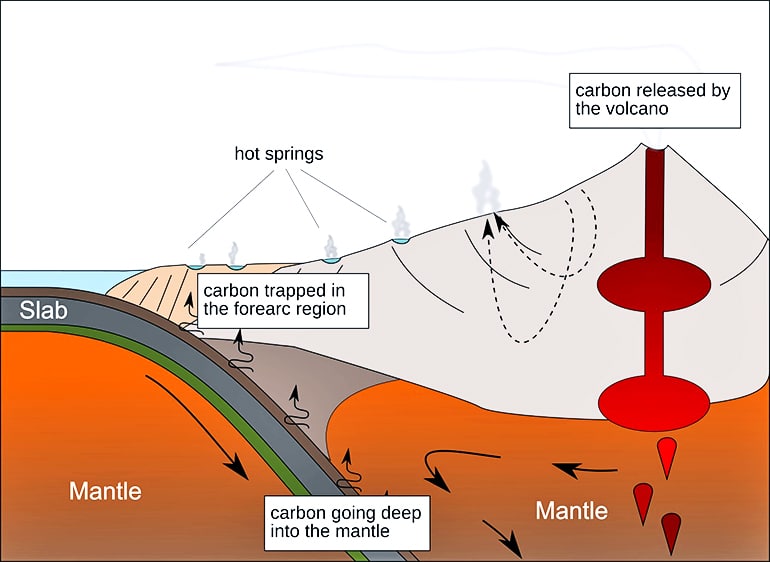Scientists have recently discovered an organism in hot springs that eats CO2 ‘astonishingly quickly.’ They hope to utilise it as an efficient means of removing greenhouse gases from the atmosphere.
When it comes to the most efficient ecosystems for carbon capture, mangroves, the Amazon rainforest, and peat swamps are what tends to spring to mind.
Scientists, however, have recently discovered a volcanic microbe that could unlock a new frontier in this kind of technology.
Known as a cyanobacterium, the organism was found in a hot spring near the Italian island of Vulcano, where the water contains high levels of CO2 and the extreme high-pressure, high-temperature, and nutrient-limited environment allows it to thrive.
‘These bacteria appear to grow naturally in these volcanic plumes, efficiently using the plentiful CO2; when measured against some of the fastest-growing cyanobacteria described, the strain was more efficient at carbon capture under several conditions,’ says Max Schubert, Ph.D., who worked on the project.
‘They also seem to have adapted to the bubbling, churning environment of the volcanic plumes by becoming denser and sinking more readily –– an unusual trait that could prove useful for potentially capturing carbon and sinking it into the deep ocean for sequestration.’


According to the researchers, the never-before-seen green photosynthetic bug successfully managed to turn carbon dioxide into biomass faster than any other identified cyanobacteria.
As a result, they hope to utilise its voracious appetite to remove greenhouse gases from the atmosphere.





















